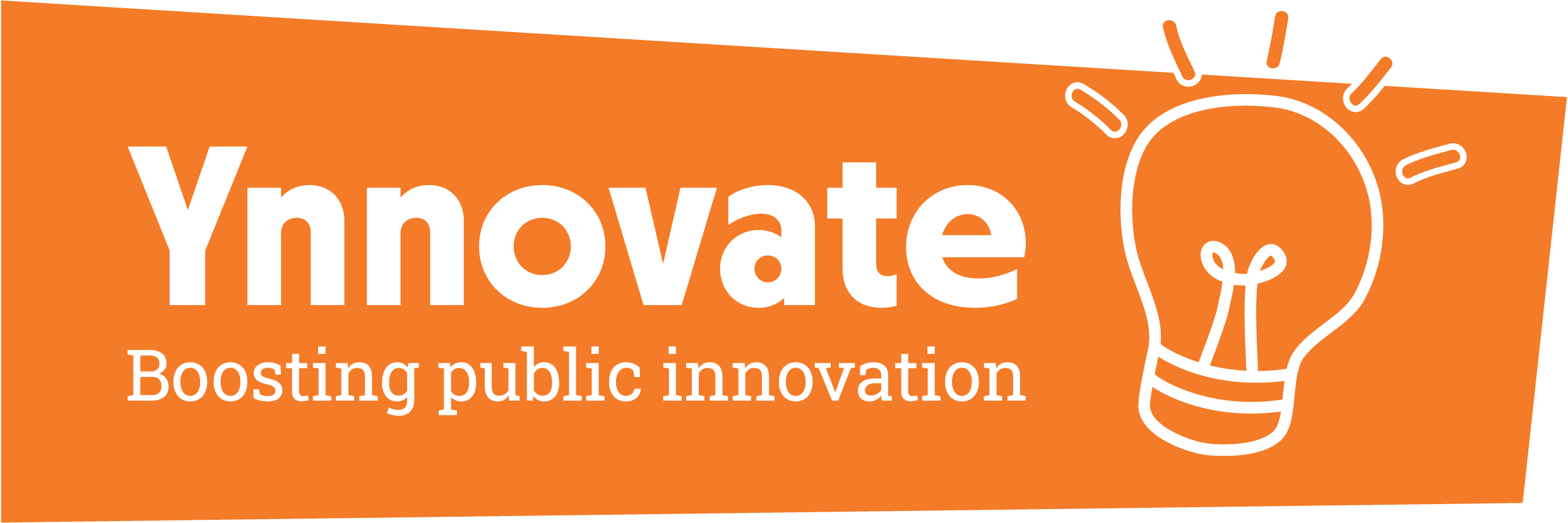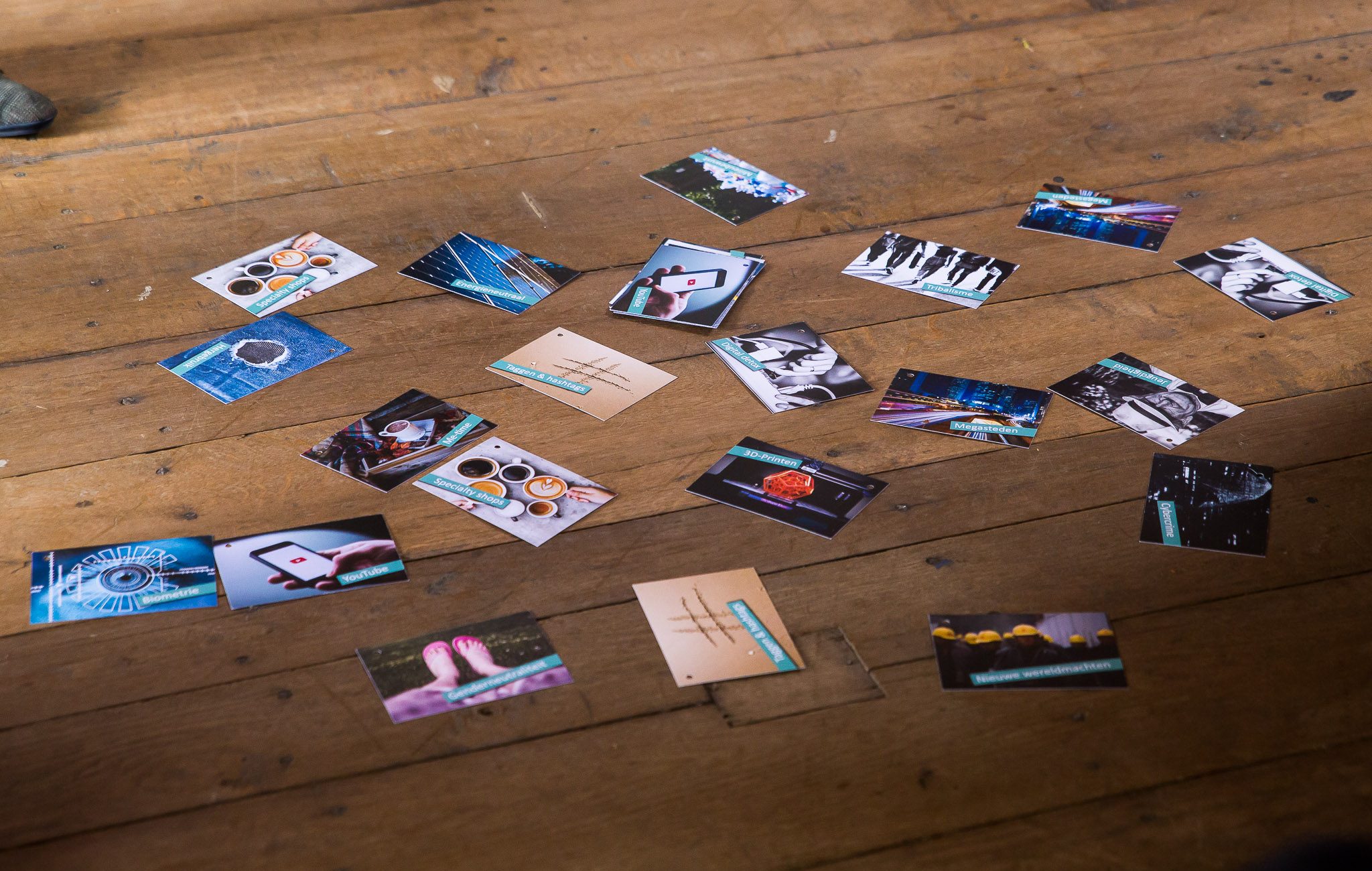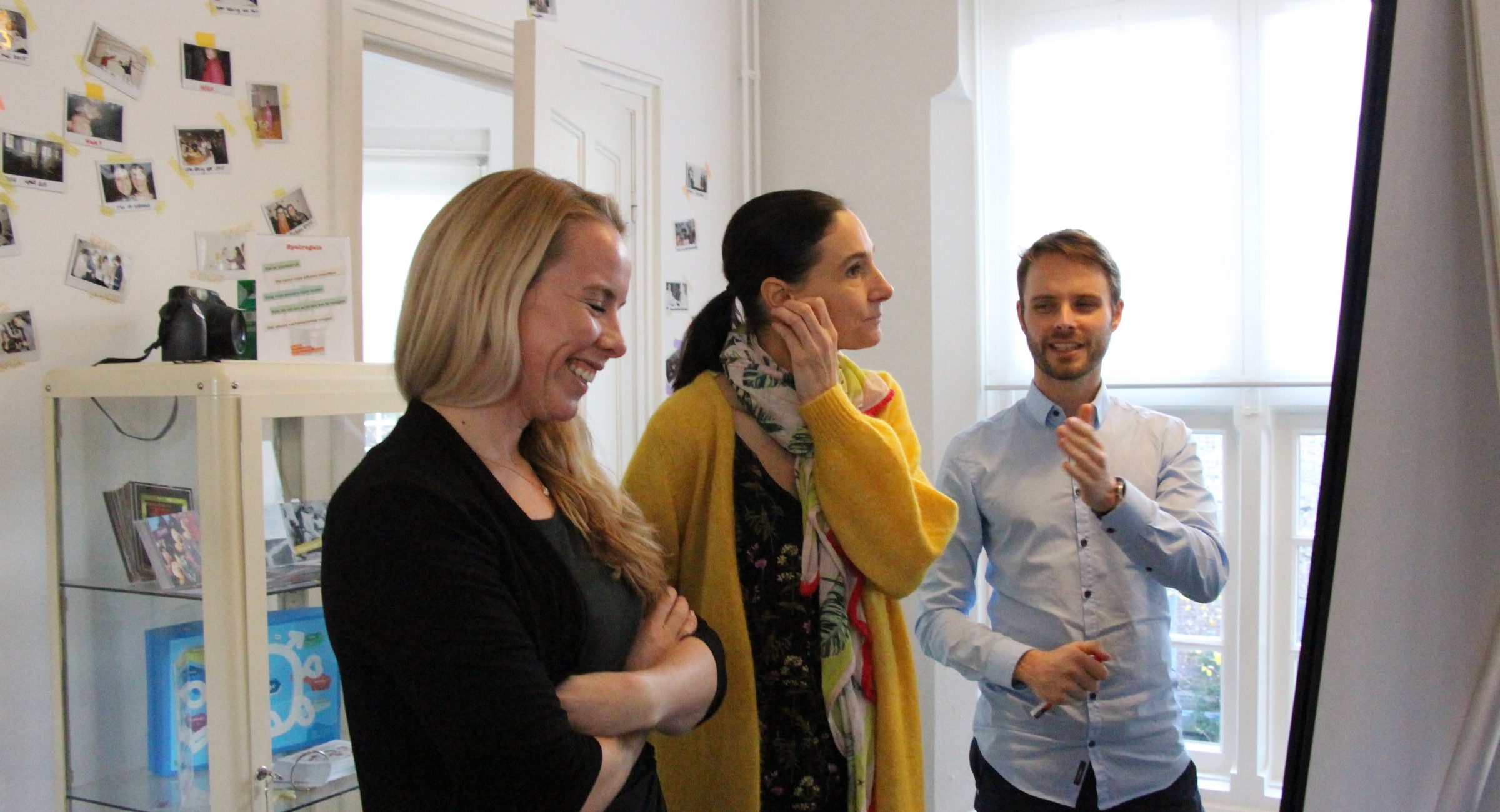Tim Sachse
Ynnovator at UWV (the Dutch Employee Insurance Agency)
 As an Ynnovator, Tim easily catches the eye as someone who is active online. He hosts webinars for his employer UWV, is a frequent guest in the Ynnovate podcast and is very active on Linkedin. Tim is a go-getter, which can be challenging in a bureaucratic environment. Luckily, he has become quite efficient in navigating the corridors of the public sector maze to achieve innovation. Let’s see how he does it and what drives him in innovating the public sector.
As an Ynnovator, Tim easily catches the eye as someone who is active online. He hosts webinars for his employer UWV, is a frequent guest in the Ynnovate podcast and is very active on Linkedin. Tim is a go-getter, which can be challenging in a bureaucratic environment. Luckily, he has become quite efficient in navigating the corridors of the public sector maze to achieve innovation. Let’s see how he does it and what drives him in innovating the public sector.
Hi Tim, tell us: who are you and what is your story?
In a nutshell: I studied Human Resource Management in Utrecht, the Netherlands. After my studies I started working at UWV, the governmental organization that provides unemployment benefits. Next to that, I worked for a job counseling agency as a trainer.
As a profound traveler, foreign countries were always appealing to me and a few years ago I decided to live in Granada, Spain where I worked as a HR Advisor. After four years, I moved back and found a job at UWV again, this time as a webinar specialist. One of my team meetings was organized by Ynnovate which started my interest. The same year, I followed the training to become an Ynnovator myself and since then, I’ve organized multiple innovation sessions for UWV and municipalities.

Even though I am currently back in the Netherlands, living and working abroad still is attractive. Working remotely is a great opportunity for that, so I might make another switch one day.
Does your public organization UWV need innovation?
Yes! There is quite a big group that is already working with the organization for 20 to 30 years. This creates a lot of knowledge in the organization, but it isn’t a very innovative environment.
A lot of people working there rely on rules and structure. That’s probably also why the organization now is focusing on switching from being reactive to becoming more proactive and agile. For this you need different people in your organization. Luckily, I do see that we have become better in attracting young talent.
One of the biggest innovation killers is that you need a lot of approvals before you can even start with an idea. This means that there often is resistance when it comes to implementing something new.
“One of the biggest innovation killers is that you need a lot of approvals before you can even start with an idea”
For me, if I really want something: I am just going to do it without asking for permission. As soon as you try to go into the approval process, you’re often denied to go forward. Sometimes, it’s better to keep your mouth shut and just go for it. When no one knows, you can’t be stopped either.
An example of an innovation killer comes from my personal experience. We developed a webinar on how to answer difficult questions during the job interview. I had the idea to create a small, digital book that consisted of the answers to a whole bunch of difficult questions.

However, when I raised this to my manager, her answer was to wait for new innovation sessions to come, which would take place three months later. During those meetings I would have to pitch my idea and then, slowly over time, take the concerning departments onboard. You can already guess that, by the time my manager had finished speaking, my motivation for executing the idea had vanished on-the-spot.
Next to the need for approval, what other innovation challenges do you encounter in your work?
I feel that a big challenge working for the government is the slow pace: it takes ages before an idea leads to execution, which is frustrating for me since I like creativity and a hands-on mentality. I feel that entrepreneurship should be more encouraged within governmental organizations and the public sector. It would solve so many more issues our government faces today, from small problems to big ones.
“Entrepreneurship should be more encouraged within governmental organizations and the public sector”
So, when were you first introduced to Ynnovate?
I was participant in an innovation session that was facilitated by a few Ynnovators of our organization. The goal of the session was to create a mission and vision for the webinar team for the next year. At that time, I had just recently joined the webinar team at UWV and I was fairly new to the whole context of my new work environment.
My manager had planned the brainstorm and I assumed it would be the classic form: focused on extravert participants that don’t shy away from voicing their opinions to monopolize the conversation.
But the Ynnovate approach was completely different. The session started with theory about how the brain works and what is needed to unlock your creativity. I was used to start directly with the subject we wanted to solve. The way the Ynnovators approached it, was very refreshing.
Why did you decide to follow the Ynnovate Training?
The way that our Ynnovators facilitated the brainstorm was impressive. We had accomplished a lot within a day, while the whole meeting was set up in a playful way.
I work in a corporate environment, but I’m anything but corporate-like. This innovation session was an eye opener, because I saw that you don’t need boring meetings to accomplish something. I wanted to do that. I wanted to be part of that. That wish made me join the Ynnovators.
“I saw that you don’t need boring meetings to accomplish something. I wanted to do that. I wanted to be part of that”
I contacted the Ynnovators who are active in my organization, a group formally better known as UWV-tigers. They brought me in contact with Ynnovate in the Netherlands, which told me about the onboarding Ynnovate Training to join the network. After having successfully pitched it to my manager, I was able to follow the training and the rest is history. I’ve been an Ynnovator for 1,5 years now.
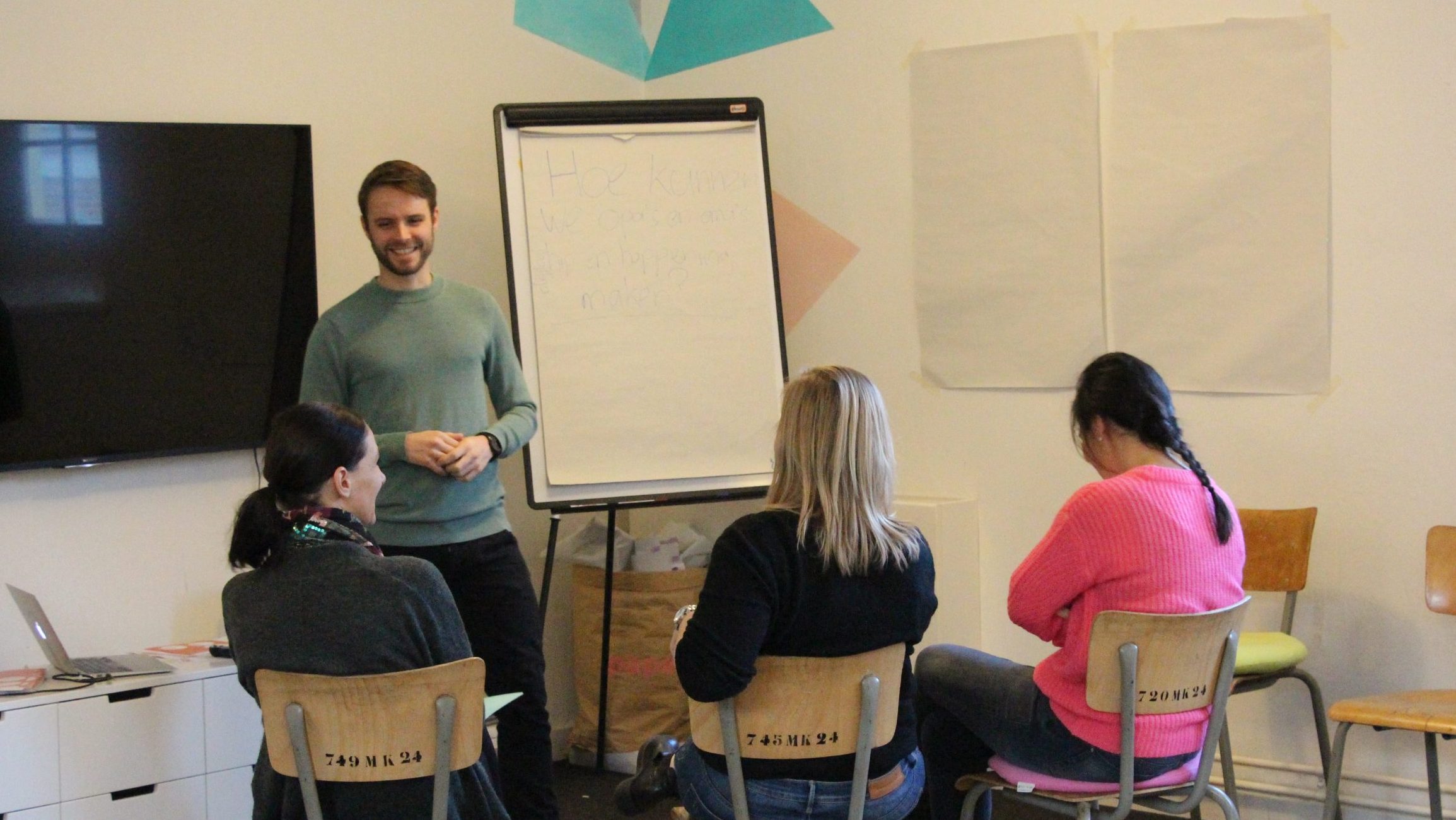
How have you been able to apply the Ynnovate method in your work?
After the Ynnovate Training, I immediately started using the Ynnovate method. My advantage is that I am not scared to make mistakes. That’s also one thing that you learn during the Ynnovate Training: it never goes wrong; it only differs from your expectations. I take this believe into my daily work as a webinar specialist, which can be stressful as I present live.
“My advantage is that I am not scared to make mistakes”
I’ve done a creative brainstorm session for my own team, in which we ended up with more than 30 ideas for new webinars. We started with an idea dump on possible themes for webinars for the upcoming year. We chose the four themes we had voted for and used the brainwriting technique to come up with creative new ideas and subjects for the webinars. Brainwriting is great because it forces you to use the idea of some else in the group and make it more specific or think of a variation.
 After the covid-19 pandemic hit, I came across a request on Ynnovate’ s Facebook group of the municipality of The Hague. They were looking for fellow Ynnovators to facilitate a brainstorm.
After the covid-19 pandemic hit, I came across a request on Ynnovate’ s Facebook group of the municipality of The Hague. They were looking for fellow Ynnovators to facilitate a brainstorm.
The central challenge was: How can we make public buildings accessible for everyone, including for people with a disability? We had a lot of entrepreneurs in our participant group, which was great, because their mindset is completely different from a government’s mindset. It resulted in 25-30 ideas of which 3 were specific and ready to execute for the municipality. As an extra, we enabled a new network between the municipality and the entrepreneurs.
We had a lot of entrepreneurs in our participant group, which was great, because their mindset is completely different from a government’s mindset
Moreover, I’ve successfully implemented small adjustments to our regular meetings which makes them more efficient. For example, I’ve pushed for giving feedback on a new webinar (we always present our developed webinars to the team) by writing on sticky notes in different colors: green for positive feedback, yellow for constructive feedback and pink for advice. the notes are given to the developer. This works much more efficient as we save 10-15 min. on discussing the webinar (o yes, we like our discussions…).
How is your internal network of UWV Ynnovators performing in the organization?
 It’s actually going pretty well with our Ynnovators network. We regularly have requests and assignments for innovation sessions coming in and we working on ideas how to become more visible in our organization.
It’s actually going pretty well with our Ynnovators network. We regularly have requests and assignments for innovation sessions coming in and we working on ideas how to become more visible in our organization.
We have planned a meeting with UWV’s new director of innovation and Ynnovate will join this meeting as it is Ynnovate’s 10th anniversary and they are organizing pop-ups all over the public sector.
As UWV Ynnovators, we are trying to create a paycode, so we can book our innovation hours under the relevant projects. At the moment, the time we invest in Ynnovate isn’t formally covered by HR. This means that the Ynnovators have to invest their own time in these innovation sessions. Often, this works and we have managers that are totally on board, but for me it also means that I have to balance it with my regular work which can be a struggle.
At the moment, we use the principle of Pay-What-You-Want for our internal innovation sessions. This means that we ask the challenge holder to give us a bit of budget in exchange for our work. We can use this budget to fund our network. For instance, to follow new trainings, go to a seminar or hire an external keynote speaker.
“We use the principle of Pay-What-You-Want for our internal innovation sessions”
I think we manage it all pretty well, the paycode would be more of a confirmation that we are worthy of being part of our organization. It would also give the organization more innovation power, as Ynnovators could spend their time on innovative projects more easily.
What has the Ynnovate method changed for you when it comes to innovation?
I’ve always been someone who is creative and who looks for solutions but this has been leveraged by being an Ynnovator. Furthermore, now I’m convinced that everyone can think in creative solutions as long as you steer the thinking process in the right direction.
Personally, I’m having more fun in thinking of solutions when it comes to problems. I see them more as challenges than before. And I’m sure this method has created some new connections in my brain, although I couldn’t tell you how or why haha.
Which creative technique(s) do you regularly use in your work and why?
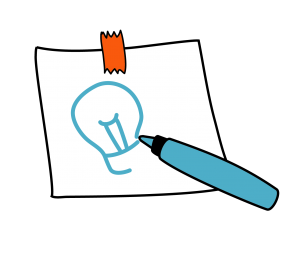
The use of sticky notes in regular meetings is one of my personal favorites as it’s so much more efficient than discussing on a topic.
Furthermore, I’m a big fan of Liberating Structures as these are creative techniques which are relatively easy to apply in your everyday work. Moreover, these techniques are open source found wide spread on the internet.
What is your ultimate tip for anyone that wants to innovate?
I realize this way of thinking is very Dutch, but just do it. Just start innovating. It’s inevitable to make mistakes and get resistance from all sides. I can tell you that I and everyone that wanted to innovate have faced these problems. But… Once your stakeholders, colleagues or managers realize the output you get from innovating, they’ll turn around. No worries.
